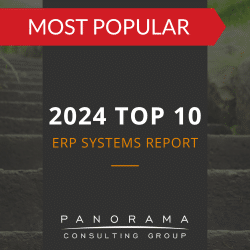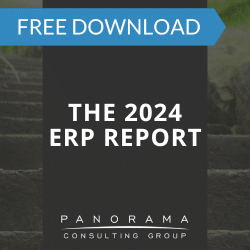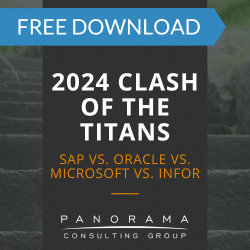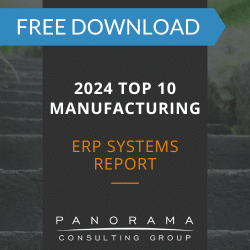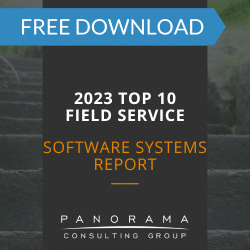In choosing an ERP implementation phasing strategy, organizations should carefully weigh their options. The ideal phasing strategy depends on a number of factors and each organization may choose a different approach.
How quickly will employees adapt the new ERP system? How much risk are we comfortable with? How much money are we willing to spend? These are just a few questions organizations should ponder before deciding on a phasing strategy.
Following are three common implementation phasing strategies and the advantages and disadvantages of each:
Big Bang Approach – This strategy means all modules are installed across the entire organization at the same time and all users concurrently move to the new ERP system. Once the new system is launched, the old system is completely turned off. Because of this finality, the big bang approach can be quite risky and organizations should develop contingency plans to account for the possibility of the new system crashing. Despite these risks, the big bang approach can work well for organizations that are looking for a faster and lower cost implementation.
Phased Rollout – This strategy means that users move to the new ERP system in a predetermined series of steps. Software can be rolled out by module, by business unit or by geography. The advantage of a phased rollout is that employees have more time to learn and adapt to the new system. Unfortunately, this approach takes longer than the big bang approach and several adjustments may need to be made along the way to keep the two systems temporarily bridged. Bridging the two systems is essential because the first modules to be implemented may not function optimally without critical information from modules yet to be implemented.
Parallel Adoption – This strategy means the old and new system are running at the same time during the majority of implementation. Employees can learn the new ERP system while still using the old system to perform daily tasks. This strategy is the least risky of the three because the old system is easily accessible in case the new system causes major problems. Parallel adoption is more expensive, however, and is somewhat inefficient since data is being entered twice – once in the old system and once in the new system. Nonetheless, many companies choose parallel adoption after weighing the costs of a backfired big bang adoption.
Implementation is one of the most difficult and crucial aspects of an ERP project so there should never be a rush to get it over with. Be sure to choose your implementation strategy carefully and ensure that effective organizational change management and business process management guide your implementation every step of the way.
Learn more by reading a chapter from our Expert’s Guide to ERP Success. Chapters 4, 5 and 8 discuss various implementation challenges and important factors to consider before rolling out ERP software.






